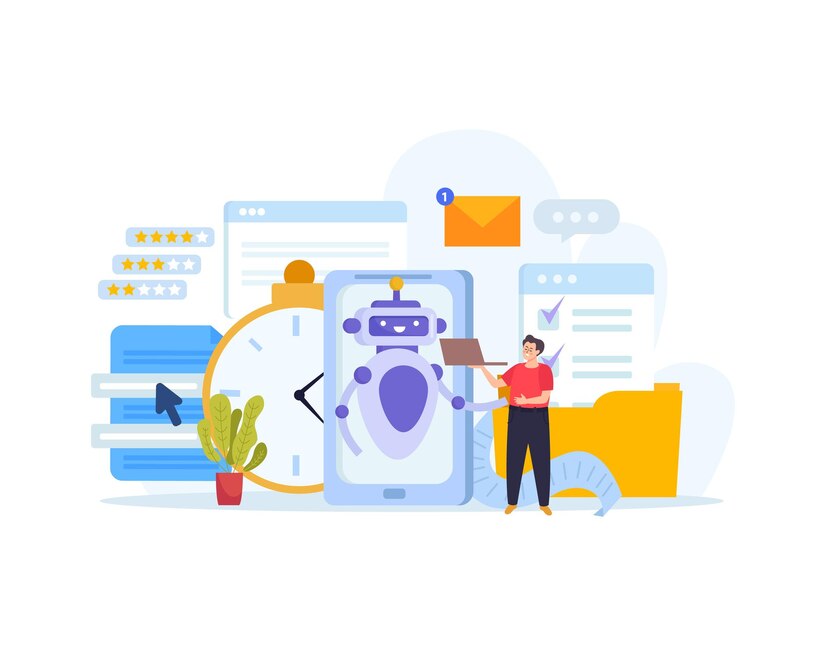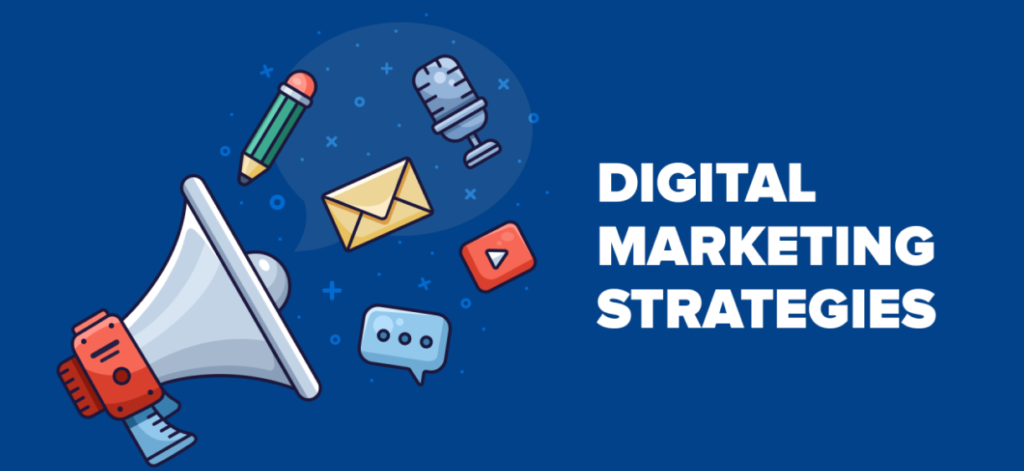Introduction
Marketing automation has revolutionized the way businesses interact with their customers. From automating email campaigns to streamlining lead generation and nurturing, marketing automation helps brands save time, improve efficiency, and boost revenue. But what exactly is marketing automation, and how can businesses leverage it to maximize their ROI?
In this comprehensive guide, we’ll explore everything you need to know about marketing automation, including its benefits, key strategies, tools, and best practices. Whether you’re a small business owner or a marketing professional, this guide will provide you with actionable insights to enhance your marketing efforts.
Chapter 1: What is Marketing Automation?
Marketing automation refers to the use of software and technology to automate repetitive marketing tasks, such as email marketing, social media posting, lead nurturing, and customer segmentation. It allows businesses to engage with customers more effectively while reducing manual workload.
Key Features of Marketing Automation:
- Email Marketing Automation – Sending targeted and personalized email campaigns.
- Lead Management – Capturing, scoring, and nurturing leads automatically.
- Social Media Automation – Scheduling posts and tracking engagement.
- Customer Segmentation – Categorizing customers based on behavior and preferences.
- Analytics & Reporting – Measuring the effectiveness of marketing campaigns.
With marketing automation, businesses can deliver the right message to the right audience at the right time—without having to do everything manually.
Chapter 2: Benefits of Marketing Automation
Investing in marketing automation can significantly improve business operations. Here are some major benefits:
1. Saves Time and Effort
Automating tasks like email campaigns and social media posts reduces the need for manual work, allowing marketing teams to focus on strategy and creativity.
2. Improves Lead Nurturing
Marketing automation helps businesses track and nurture leads through the sales funnel by delivering relevant content at different stages.
3. Enhances Personalization
With automation, businesses can personalize emails, website content, and advertisements based on customer behavior and preferences.
4. Boosts ROI
Companies using marketing automation see higher conversion rates and improved revenue due to more efficient targeting and engagement.
5. Provides Better Analytics
Most automation tools come with built-in analytics, allowing businesses to measure performance, track customer journeys, and refine their marketing strategies.
Chapter 3: How Marketing Automation Works
Step 1: Capture Leads
- Use landing pages, pop-ups, and forms to collect customer data.
- Integrate CRM and email marketing tools to store leads.
Step 2: Nurture Leads
- Send automated welcome emails and follow-ups.
- Use dynamic content to engage users based on their interests.
Step 3: Score and Segment Leads
- Assign scores based on user activity, such as website visits and email opens.
- Segment customers based on their behaviors and preferences.
Step 4: Automate Campaigns
- Create email drip campaigns to guide prospects through the sales funnel.
- Set up social media automation to maintain engagement.
Step 5: Analyze and Optimize
- Track key metrics such as open rates, click-through rates, and conversion rates.
- Adjust strategies based on performance insights.
Chapter 4: Best Marketing Automation Tools in 2024
There are numerous marketing automation tools available, each offering unique features. Here are some of the best tools:
1. HubSpot
- All-in-one marketing automation platform.
- Features include email marketing, CRM, social media management, and analytics.
2. Marketo
- Advanced lead nurturing and scoring system.
- Best for enterprise businesses.
3. ActiveCampaign
- Great for small and medium-sized businesses.
- Offers email marketing automation and CRM integration.
4. Mailchimp
- Easy-to-use platform with email automation and customer segmentation.
- Best for small businesses and startups.
5. Pardot (by Salesforce)
- Ideal for B2B marketing automation.
- Offers lead scoring, advanced reporting, and integration with Salesforce.
Chapter 5: Best Practices for Marketing Automation
To get the most out of marketing automation, follow these best practices:
1. Define Clear Goals
Before implementing marketing automation, define your objectives. Are you looking to increase lead conversions, improve email engagement, or boost sales?
2. Segment Your Audience
Avoid sending generic messages. Instead, segment your audience based on demographics, behavior, and purchase history to deliver personalized content.
3. Use Drip Campaigns
Automated drip campaigns allow you to send a series of emails over time, keeping leads engaged without overwhelming them.
4. Monitor Performance Regularly
Regularly analyze your campaign performance and make necessary adjustments to improve engagement and conversion rates.
5. Don’t Over-Automate
Automation is useful, but overdoing it can make your brand feel robotic. Maintain a human touch by personalizing messages and offering customer support when needed.
Chapter 6: Common Mistakes to Avoid in Marketing Automation
Many businesses make mistakes when implementing automation. Here’s what to avoid:
1. Sending Too Many Emails
Flooding customers with emails can lead to unsubscribes. Focus on quality over quantity.
2. Ignoring Data Analysis
Automation tools provide valuable data—use it to refine your strategy rather than relying on guesswork.
3. Poor Customer Segmentation
Not all customers are the same. Sending the same message to everyone reduces engagement.
4. Neglecting Mobile Optimization
Many users access emails and content on mobile devices. Ensure your automated messages are mobile-friendly.
5. Not Testing Campaigns
A/B testing is crucial to determine what works best for your audience. Test subject lines, content, and sending times.
Chapter 7: The Future of Marketing Automation
Marketing automation continues to evolve, with emerging trends shaping its future:
1. AI-Powered Automation
Artificial intelligence will enhance personalization by analyzing customer behavior in real time.
2. Chatbots and Conversational Marketing
Automated chatbots will play a bigger role in customer support and lead generation.
3. Voice Search Optimization
Marketers will optimize automated campaigns for voice search to capture a growing audience.
4. Hyper-Personalization
Advancements in AI will allow brands to deliver hyper-personalized content and recommendations.
5. Privacy and Data Protection
With stricter data privacy laws, businesses will need to prioritize ethical data collection and user consent.
Conclusion
Marketing automation is a powerful tool that can transform the way businesses engage with their audience. By streamlining repetitive tasks, improving personalization, and optimizing lead nurturing, automation helps brands maximize their marketing efforts while boosting ROI.
To succeed, businesses must choose the right tools, follow best practices, and continuously refine their strategies based on data insights. As automation technology continues to evolve, staying ahead of the latest trends will ensure long-term success in the competitive marketing landscape.
Are you ready to take your marketing automation to the next level? Start today and watch your business grow! 🚀


